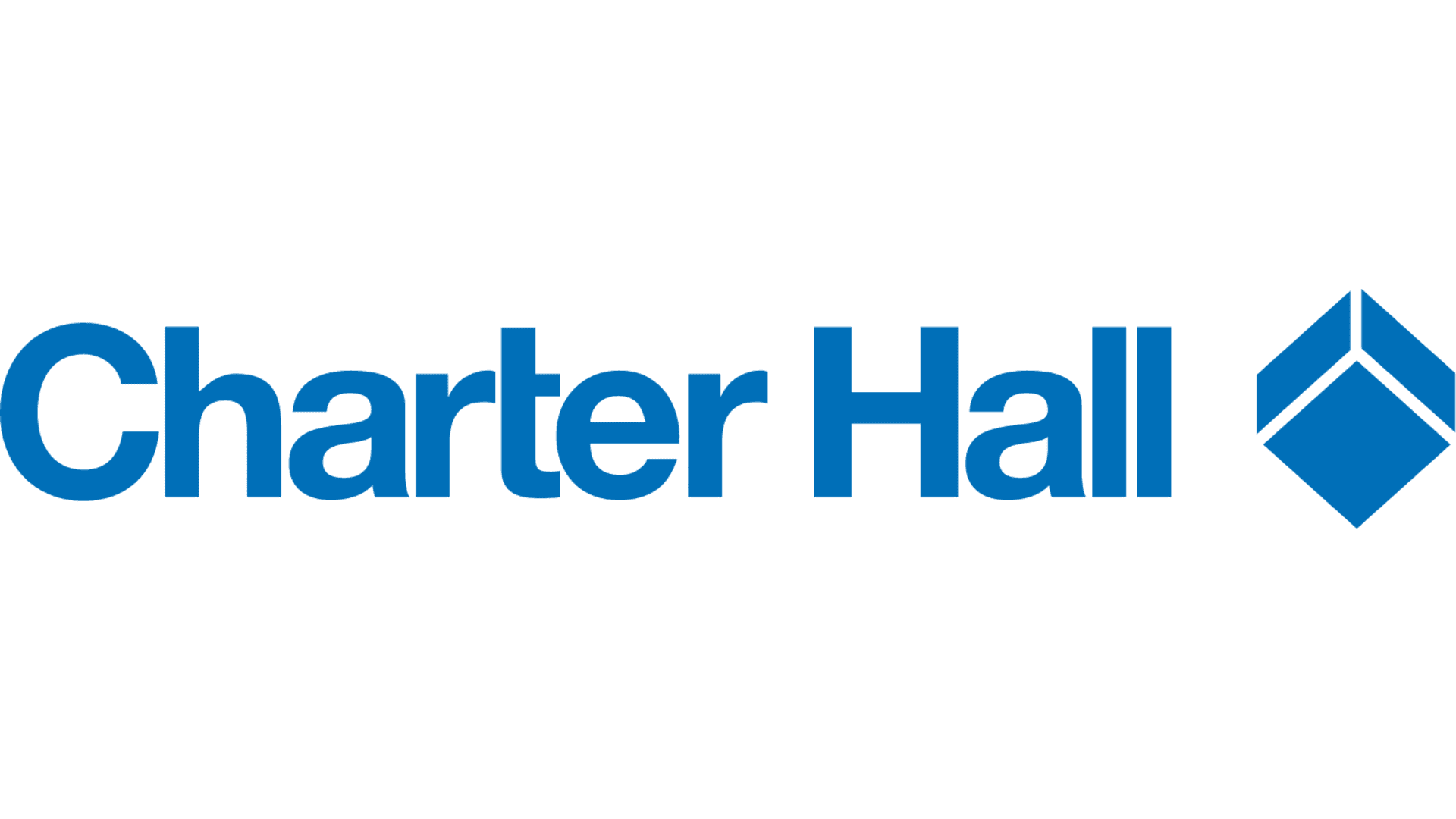Charter Hall Retail – Resilient Robust but Headwinds Remain
20 February 2019Charter Hall Retail REIT announced improved results for its 1H FY19 period, driven by positive re-leasing spreads and like for like income growth of 2.1%. The divestments of 16 non-core Centres and the acquisition of a few larger Centres over the past 18 months have combined to reduce overall Net Income by 3.4% for the period, however Operating Earnings were up 1.5% to $62.8M due to savings in interest expenses. The chief executive, Greg Chubb says that despite market sentiment the conditions for convenience-based shopping malls remain “stable, resilient and robust”. Key financial results: Operating earnings of 15.61cpu and distribution of 14.28cpu, both up 2% on pcp Statutory profit of $55.5m or 13.89cpu Net tangible assets (NTA) maintained at $4.22 per unit Balance sheet gearing of 32.2% with $233m of cash and undrawn debt capacity Weighted average debt maturity of 5.3 years, no debt maturing until FY22. Operating highlights: Stable occupancy at 98.1% Entire portfolio externally revalued to $2.76 billion, with portfolio cap rate firming to 6.14% Like-for-like net property income (NPI) growth of 2.1%, up from 1.8% at June 2018 Lake Macquarie Fair redevelopment substantially completed with new Coles opened 24 January 2019 172 specialty leases completed delivering positive specialty leasing spreads of 1.9% up from 1.3% at 30 June 2018. The REIT has continued its investment strategy to enhance portfolio quality and earnings. This has been achieved through active asset management, strategic redevelopments, the divestment of lower growth properties, and selective asset acquisitions with potential for higher growth. Unlike SCA Property Group who pursued a 12 Centre portfolio acquisition to grow FUM, Charter Hall acquired just a single asset, Campbellfield Plaza in Melbourne’s northern suburbs for a total consideration of $74 million. CQR also divested two lower growth assets, Coomera Square, QLD and a freestanding Woolworths asset at Young, NSW for a total consideration of $76.1 million. These sales were consistent with the REIT’s strategy to divest smaller assets and recycle capital into centres which are the dominant convenience-based offering in their respective catchments and offer better prospects for long-term income and capital growth. During the period CQR also extended its joint venture relationship with MTAA Super, divesting 47.5% of Salamander Bay, NSW for a consideration of $83.1 million. Across the REIT’s 58 property portfolio, property values increased $15 million, predominantly driven by income growth across the portfolio. 100% of the portfolio was externally revalued during the period and the portfolio cap rate tightened marginally from 6.15% to 6.14%. This compares to competitor SCA Property Group who reported a weighted average capitalisation rate softening by 4bps to 6.37% at December 2018. 92% of rental income is derived from convenience based non-discretionary retailers with 48% of rental income generated by major tenants Woolworths, Coles, Wesfarmers and ALDI. Coles is now the second largest retail group in the portfolio following the demerger from Wesfarmers. Additionally, the first Bunnings retail outlet was added to the portfolio following the acquisition of Gateway Plaza. Re-developments continue to focus on enhancing convenience and essential services based on consumer demand. During the period, the $60 million major redevelopment of Lake Macquarie Fair, NSW was substantially completed with a new expanded Coles supermarket opening in January 2019. The REIT also completed the $11 million redevelopment of Wanneroo Central, WA. The expansion of the centre includes a new full line ALDI supermarket, additional specialty food, services and retail space providing shoppers with a greater level of amenity and transforming the centre into an exciting retail precinct. Outlook Barring unforeseen events, the REIT’s FY19 guidance is for operating earnings to grow by 2% over FY18. The distribution payout ratio range is expected to remain between 90% and 95% of operating earnings. CQR Trading Chart vs ASX200 AREITs Blue – CQR Purple – ASX200 AREITs #CharterHall #Retail






